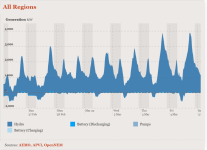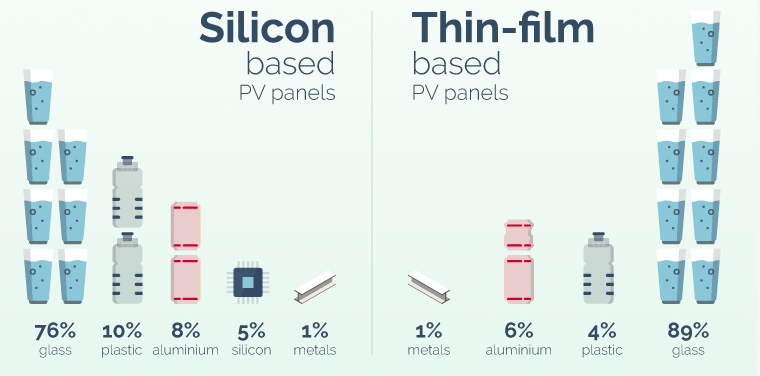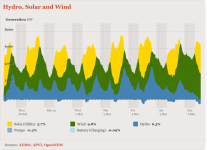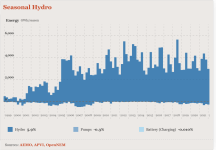Jimmy Higgins
Contributor
- Joined
- Jan 31, 2001
- Messages
- 50,533
- Basic Beliefs
- Calvinistic Atheist
Can someone explain H2-making electrolyzers to me? I get that this has industrial purposes where the H2 becomes something they use... but "Green Hydrogen" sounds like a terrible idea.Germany Doubles Pace of Energy Transition - CleanTechnica
Thanks to a change of government that reflected the country’s move towards greater climate action, Germany has doubled the pace of its energy transition. However — “Coal is pretty much dead and buried across the rest of Western Europe, but in Germany it’s still a quarter of generation. With 12% of power coming from nuclear, which is going to be totally closed down this year, even the new Green coalition government can’t end coal until 2030 and gas will persist more than a decade further than that. In 2020, the country even built a new coal plant.”
Energy source Now 2030 Target Solar 59 GW 200 GW Offshore Wind 8 GW 30 GW H2-making electrolyzers very small 10 GW Onshore Wind 20 GW 100 GW Coal 40 GW 0 Natural Gas 10% ?
1) Let's generate green energy via solar or wind
2) Now let's use that energy to enact electrolysis to generate H2 at a loss
3) This is somehow going to help our energy sustainability?
If using H2, great. For energy? It sounds like we are using green energy to produce another energy at significantly lower efficiency, where as we could just pump the green into the grid and full efficiency.





